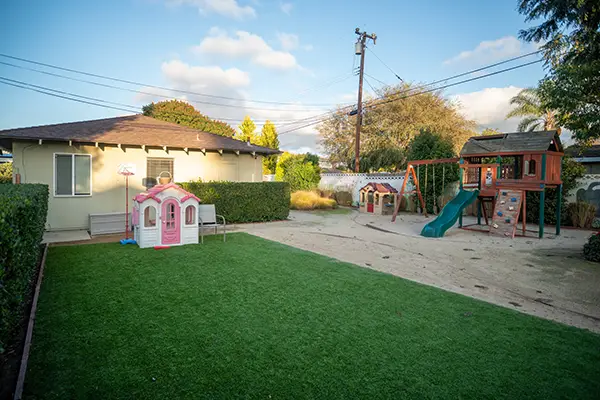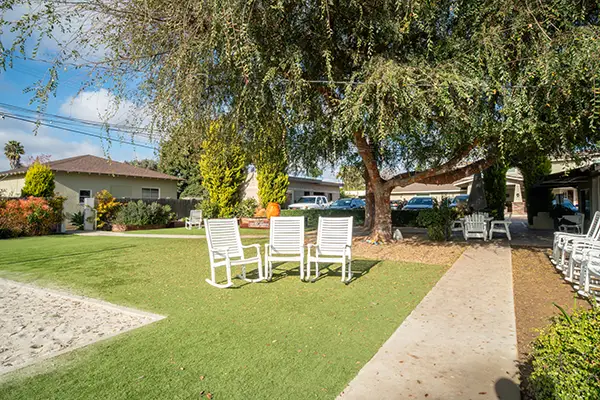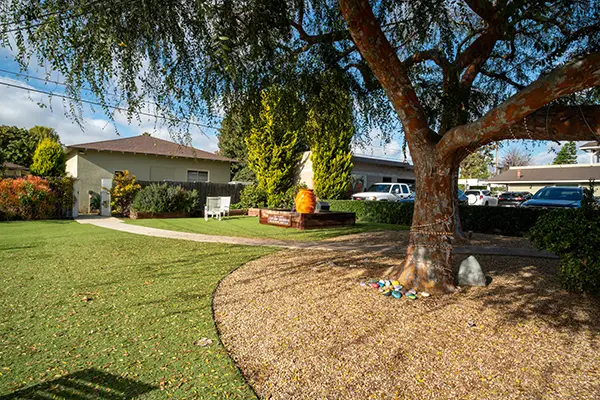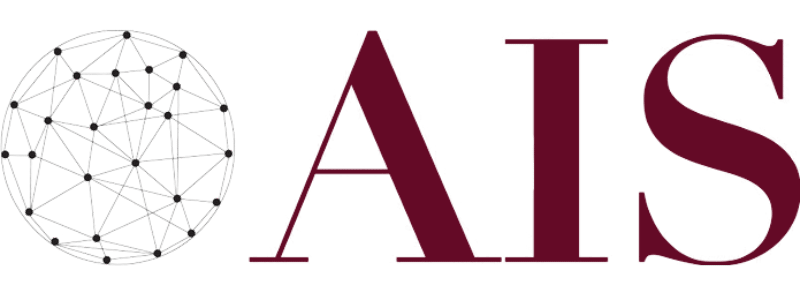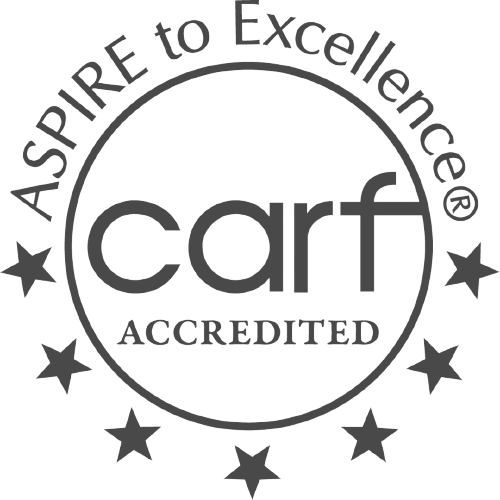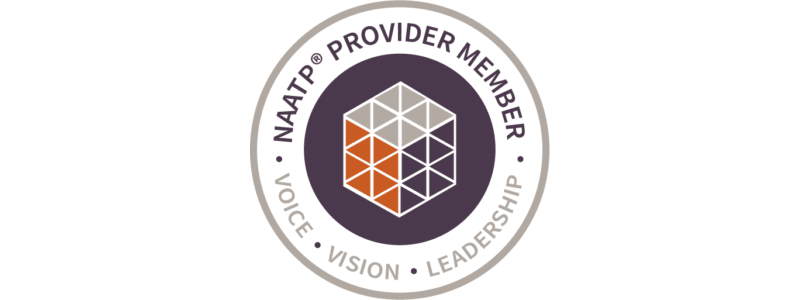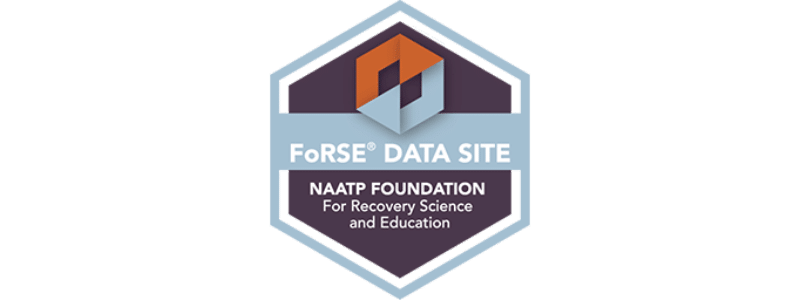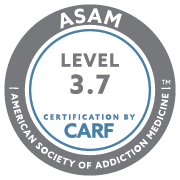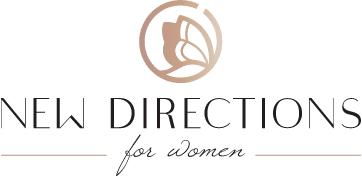What is Addiction
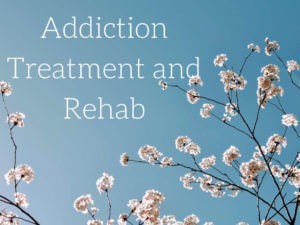 Substance abuse addiction is a complex disease that effects that brain and causes someone to compulsively use drugs or alcohol in an unhealthy way. People who suffer from substance abuse disorder have a strong and continual urge to use drugs or alcohol despite the negative consequences associated with it. Chemical changes in the brain cause someone with addiction to have distorted thinking
Substance abuse addiction is a complex disease that effects that brain and causes someone to compulsively use drugs or alcohol in an unhealthy way. People who suffer from substance abuse disorder have a strong and continual urge to use drugs or alcohol despite the negative consequences associated with it. Chemical changes in the brain cause someone with addiction to have distorted thinking
Symptoms of Addiction
The symptoms associated with substance abuse addiction may include:
- Building up a tolerance and needing more of the drug for the same effects
- Having intense cravings for the drug
- Needing to use the drug or substance daily
- Ensuring you have a constant supply of the substance or drug
- Spending money on the drug despite financial hardship
- Engaging in risky behavior while under the influence of the drug
- Missing obligations for work, with friends or family due to drug use
- Failed attempts to discontinue using the drug or substance
Treatment and Rehab for Addiction in the U.S.
There are three major issues preventing drug treatment addiction in the United States from becoming more widespread, effective, and affordable. Bad practices within the Addiction Treatment industry, a community-level aversion to addiction treatment, and a failure to comply from insurance companies are all dampening the efforts of serious clinical experts.
Challenges in Addiction Treatment
There’s a plethora of wonderful drug addiction treatment recovery centers dedicated to using well-researched, clinically proven methods to provide optimal care for their clients. Unfortunately, there is also a series of profiteering organizations using substandard facilities and illegal practices such as body brokering. Although these practices are not commonplace within the industry, they are often put into place by powerful organizations with strong financial resources that manage to get away with atrocious practices for extended periods of time. The Los Angeles Times released an article highlighting many of these malpractices:
- Misdiagnosing psychiatric patients to keep them in the hospital for longer than therapeutically necessary to keep collecting insurance payments
- Overbilling or charging for services not rendered
- Kidnapping patients and committing them to mental institutions in order to exhaust their insurance benefits
- Paying “bounties” for patients referred to psychiatric hospitals.
The article from above came out in 1991, yet these issues continue to plague our field today. They have left a black mark over the entire industry, damaging public perception and support for everyone, from small recovery homes to industry leaders. To make matters worse, insurance companies feed on the lack of trust in the addiction recovery industry to avoid recent parity rulings that force them to treat addiction like other medical diagnosis, such as cancer or heart disease. Despite a clear need, many addicted patients are not able to enter long-term treatment because providers are failing to offer coverage at affordable rates, sometimes with fatal consequences.
Types of Treatment for Addiction
Addiction and drug treatment will be different for everyone, based on their individual needs and severity of their substance abuse addiction. The most successful treatment plan will ensure the person is actively involved in every step along the way. Some of the types of treatment includes:
Drug or Alcohol Addiction Detoxification
The phase in drug addiction treatment where a person will “detox” or clear the substance from their body, often resulting in uncomfortable withdrawal symptoms. It is best to detox in a medical facility, with medical professionals there to assist you in your recovery.
Inpatient Rehabilitation
A patient receives drug addiction treatment in a facility with 24-7 care designed to treat all aspects of their substance abuse problem and support them through their recovery.
Intensive Outpatient Rehabilitation
Like inpatient substance abuse treatment but allows the patient to remain living in their home during the recovery process. The person can continue with their employment and personal obligations but still receive therapy to help them with their addiction.
Stigma Around Addiction Treatment and Rehab
There’s a strong [NIMBY (Not in My Backyard)]{.underline} syndrome response from local communities to treatment centers. There is a stigma that treatment centers would harbor criminals to a neighborhood, despite the fact those centers are meant to address problems within a community, not create more addictions. This is causing a scenario where victims of addiction, and those most at-risk for developing one, are completely isolated from local access to care. This only perpetuates addiction within a community and causes immense stress for families that must separate or transport family members to far away clinics just to receive the care they need.
All three of these factors feed into one another. Reduced trust means less funding. For treatment providers, less funding means less regulation and more opportunity for bottom-feeders and corrupt profiteering. More bad practices mean more reasons for insurers to bail out of providing services. Less coverage means more people exposed and vulnerable to addiction. More addicted people exposed to the negative lifestyle changes related to their disorder means a rise in criminality and visible repulsion to addicts, which further enforces the negative stigmas of addiction and encourages NIMBY syndrome response. What a tangled web we weave!
Collaboration During Treatment
I think the best solution is collaboration with other like-minded professionals and organizations by keeping your own side of the street clean, and diligently paying attention to our own behaviors to ensure they are aligned with the missions of our organizations and our own value systems. It’s healthy and practical for businesses to work together like this, especially when they share a similar cause. As one of the 25 CEO Board Members of [National Association of Addiction Treatment Providers]{.underline}, I’ve been exposed to the amazing benefits of working with colleagues towards a unified goal, and together we’ve helped with lobbying efforts to change the future of our entire industry. We’ve seen stronger regulations passed to discourage bad practices, and to encourage a higher level of care for our clients. Together, we’re slowly building trust back among our communities.
Support for Addiction Treatment
We need the help of everyone in our community, however. The epidemic only grows each year, with estimated costs of $740 billion annually, affecting an estimated 23.5 million people in the U.S. Through a little networking and a passion to help your community treat addiction, we can overcome the negative stigmas of addiction and help those most in need. We call for your help and collaboration. Together, you can be a local community leader and petition to your city council, your congressmen, and your neighbors to call to action. Together, we can improve regulations of unsavory care facilities, create measurable criteria for successful recovery standards, and implement them in every neighborhood that needs it.

